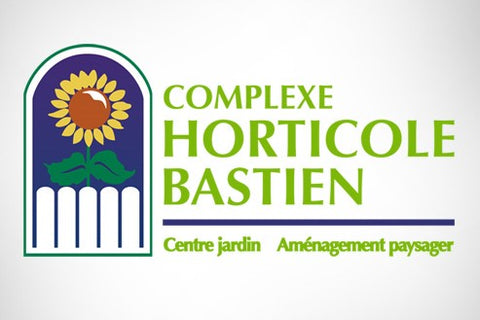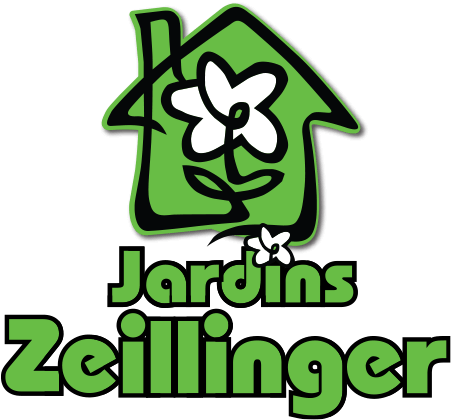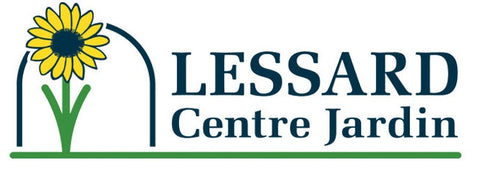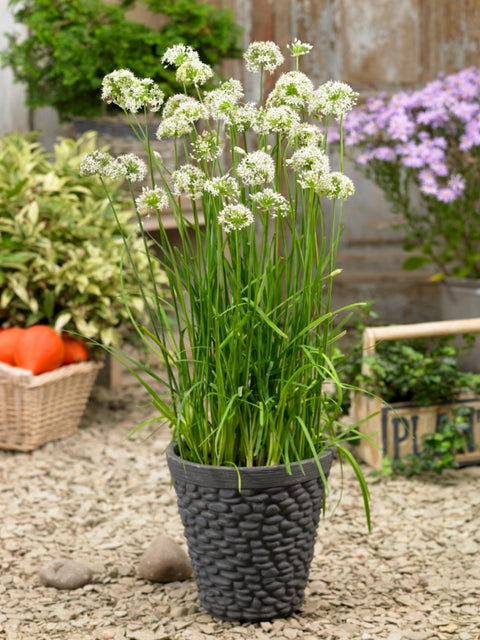
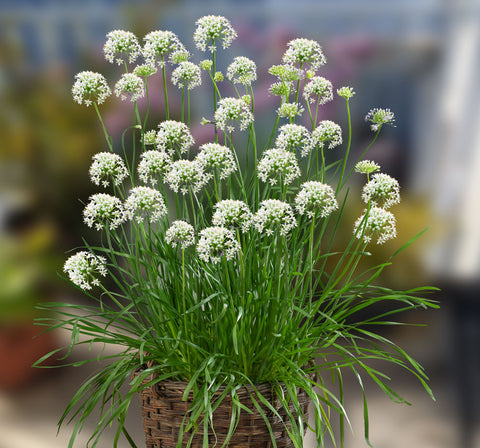
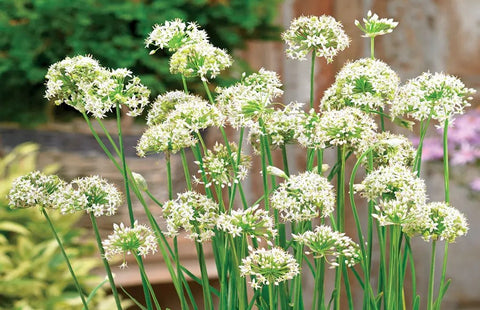

HORTINOVA Inc.
ALLIUM BEE ATTRACTION F1 - Ornamental, Edible, White Blooms, Pollinator Friendly
Allium sp.
- Tall, elegant stems reaching about 70–80 cm (28–30″) in height.
- Produces round flower heads about 5 cm (2″) across, made up of many star-shaped florets.
- Time from sowing to first bloom (from young plant) is about 18–20 weeks.
- Long flowering period from July through September, providing late summer to early autumn color.
- Excellent for cut flowers with a vase life of up to three weeks.
- Suitable for borders, containers, and ornamental displays.
- Perennial habit; may bloom in the first year and flower again in spring and fall in subsequent years.
- Edible flowers with a mild garlic flavor, suitable for culinary use.
- Highly pollinator-friendly, attracting bees and beneficial insects.
-
Adaptable and resilient, performing well in different climates and drought-tolerant once established.
- Sow indoors or in a protected environment from late winter to early spring.
- Seeds per plug: 2–3 seeds per small plug (2–5 cm / 1–2″), or 4–5 seeds per larger plug (5–8 cm / 2–3″).
- Germination period: 7–10 days.
- Germination temperature: 16–18 °C (60–64 °F). Keep covered, in high humidity, and no light is required.
- Soil: Fine sowing soil with good drainage, EC ~1.5, pH 5.8–6.5. Cover lightly with vermiculite or fine soil (1–2 mm).
THIN
- Not required when sown with recommended seed numbers per plug.
PLANT OUT
- Transplanting: Use well-rooted plugs with visible rootstock.
- Pot size: 9–15 cm (3.5–6″). One plug per pot.
- In the garden: Plant at 15 cm (6″) spacing in well-drained soil.
EXPOSURE
- Prefers full sun.
- Can tolerate partial shade, but flowering is best in bright locations.
TEMPERATURE
- Growing temperature: 18–25 °C (65–77 °F) is ideal.
- Day/night optimum: Day ~25 °C (77 °F), night ~15 °C (58 °F).
- Tolerance: Can survive 5–35 °C (40–95 °F). Frost-hardy as a rootstock; withstands winter if covered with snow or fleece.
SUPPORT
- Strong, sturdy stems (3–5 mm diameter) usually do not require staking.
- In windy sites, light support may help protect blooms.
PRUNING
- No pruning required.
- Remove spent flower heads to encourage healthy rootstock development for following seasons.
WATER
- Keep soil evenly moist, especially during establishment and flower development.
- Plants tolerate short dry spells and will recover, but regular watering ensures continuous growth.
FEED
- Use a balanced fertilizer (e.g., NPK 15-10-15 + micronutrients).
- Maintain EC around 1.5 during watering for healthy growth and bulb development.
PROTECT
- Pests: Watch for root aphids; treat by spraying into the plant center if needed.
- Winter: Rootstocks survive frost, but covering with mulch or fleece improves survival in colder regions.
- General: Leaves naturally brown in autumn or under low light/very cold nights; new sprouts appear the following season.
- Time to flower: 18–20 weeks after planting (approx. 126–140 days from transplant).
- Bloom period: August to September (North America/Europe). Flowers may also appear in spring and fall from the second year onward.
- Cut flowers: Harvest when florets are just opening. Vase life is 2–3 weeks.
- Edible use: Flowers are edible, with a mild garlic flavor—ideal for salads and garnishes
Let customers speak for us
from 23 reviewsWe grow several varieties of various colours of tomatoes, and the contrast of these tomatoes with other colours is fantastic. We've had a very long season with our plants, excellent disease resistance, great flavour.

This review applies to all of the seeds I purchased from Hortinova - beautiful tomatoes, good disease resistance and excellent production. Our field season extended to 10 weeks. We've had comments of excellent flavour from our customers as well, highly recommend any Hortinova seed.

This tomato is good taste tomato. Small red round tomato. Bigger then cherry tomatoes but smaller then regular one. I like it. Perfect for salads and fresh eating. Ordered seeds for next season.

2nd time ordering. Very satisfied with qualify and result. Thank you

BALCONY YELLOW F1 - Hybrid Cherry Tomato Seeds

Delivered very fast, packed very good, in professional condition and quality. Thanks

DUETT - Open Pollinated Radish Seeds

We will see what they are like this summer.

Type crimson de bonne grosseur avec une superbe uniformité et très hâtif. Un des premiers prêt en saison. Semences très petites et peu nombreuses. Goût très sucré et chaire croquante. Chair passant du rose au rouge en cours de saison. Les plants sont forts et très vigoureux avec des grosses feuilles.

Vigueur des plants impressionante avec des fruits résistants aux fissures et aux dommages. Très bonne conservartion et goût très sucré lorsque les nervures deviennent orange. Peu être récolté lorsque les nervures sont vertes également. Cavité des semences très compacte et petite laissant beaucoup de chair.

Melon qui fond en boûche avec un goût se rapprochant du melon miel et du cantaloup à la fois, très sucré. Faire attention aux irriguations lorsque le melon devient mature car il peut fendre au champs. Très odorant.

Avec son apparence côtellée, son très gros calibre et ça couleur rose, cette tomate se démarque des autres sur les tablettes. Variété plus résistante à la pourriture apicale que la plus part des autres tomates roses. Bon ensemble de résitance aux maladies également.

Tomate noire dont les faces qui ne sont pas exposé au soleil passent du vert au rouge lorsque mature donnant un aspect unique aux fruits. Charactéristiques similaires à la Barrio avec un goût superbe sans acide. Les clients l'on adoré.

Superbe adaptabilité et excellente résistance aux maladies. Fruits uniformes qui ne fendent pas, bonne conservation. Ajoutez à cela un goût unique avec une légère acidité et une pointe sucré.









